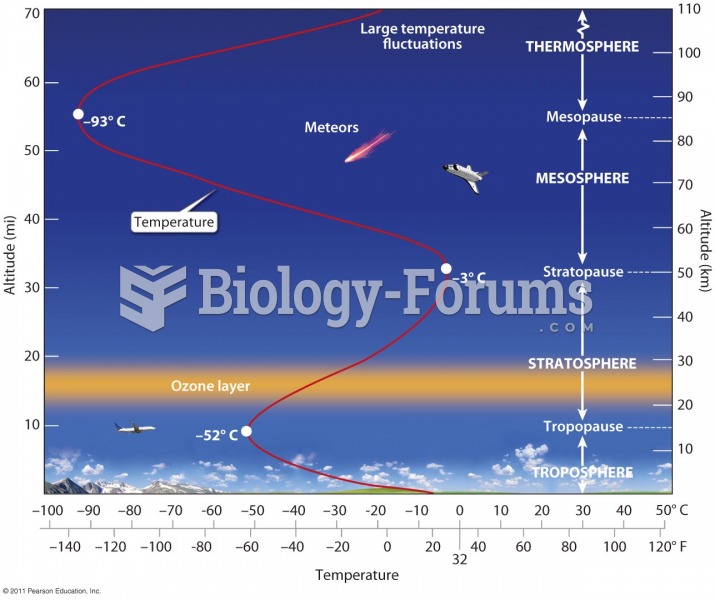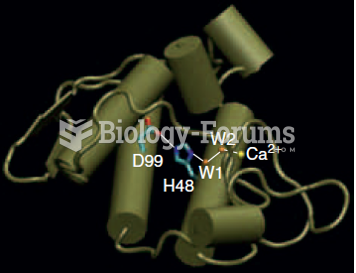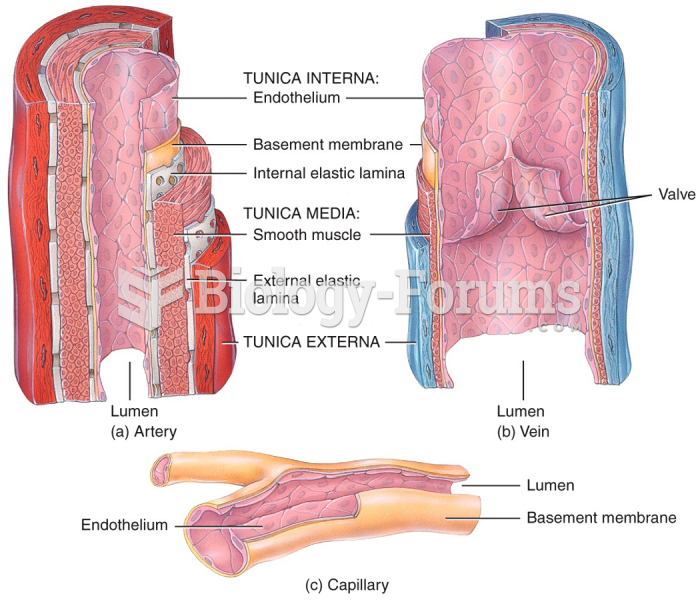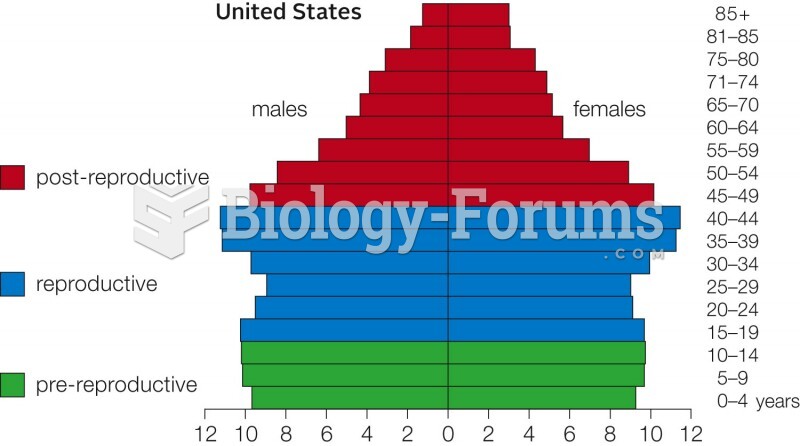Answer to Question 1
A phospholipid is similar to a triglyceride in that both contain a glycerol molecule bonded to fatty acids. However, instead of having three fatty acids (like a triglyceride), a phospholipid has only two. Replacing the third fatty acid is a phosphate-containing hydrophilic (or water loving, meaning that it mixes easily with water) head group. There are many different types of head groups, but the most common are choline, ethanolamine, inositol, and serine.Phospholipid s are amphipathic, meaning they contain both hydrophilic and hydrophobic regions. Having both properties is very advantageous in the body. While the head group (the hydrophilic region) of each phospholipid molecule is attracted to water, the fatty acids (the hydrophobic region) repel water. This structure allows phospholipids both to act as major components of cell membranes and to play important roles in the digestion, absorption, and transport of lipids throughout your body. Their amphipathic structure is also helpful in terms of how phospholipids can be used in the food industry. For example, the phospholipid lecithinis often used in foods such as mayonnaise and salad dressings as a stabilizer. Lecithin prevents the lipid- and water-soluble components of these foods from separating from each other.
Answer to Question 2
One type of lipoprotein made by the liver is a VLDL. VLDLs are similar to chylomicra in that they contain triglycerides and cholesterol in their cores and are surrounded by phospholipids and proteins on their surfaces. However, VLDLs have a lower lipid-to-protein ratio than do chylomicra, making them smaller and denser. Like chylomicra, the primary function of VLDLs is to deliver fatty acids to cells. But unlike chylomicra, which onlytransport dietary fatty acids, VLDLs also transport fatty acids derived from liver and adipose tissue. When VLDLs in the blood circulate past cells that produce lipoprotein lipase, the enzyme cleaves off fatty acids that are in turn taken up by the surrounding cells. In this way, tissues in need of fatty acids are able to obtain them directly from the bloodstream.







